Published in the Sunday Anandabazar Patrika(ABP) on 27 July 2025
Dekho Apna Desh!
Buddhist Circuit – A Pilgrimage to Key Buddhist Sites
The Buddhist Circuit is a joint diplomatic and religious initiative between Nepal and India, covering several destinations connected to Buddhism. As one of the world’s major religions, Buddhism teaches the path of spiritual growth, meditation, and philosophy. The Buddhist Circuit is not merely a tourist route but is being developed as an international path to deeply instill the teachings of Gautam Buddha in people’s consciousness. Spanning approximately 1,500 kilometres, India has introduced a luxury train service called Mahaparinirvan Express, which takes travellers on an 8-day pilgrimage to major Buddhist destinations. This circuit begins in Lumbini, Nepal, the birthplace of Siddhartha Gautama (Gautam Buddha) in 563 BCE. It includes Bodh Gaya in Bihar, where Siddhartha attained enlightenment at the age of 35 under the Bodhi Tree. The Mahabodhi Temple and the Bodhi Tree are key attractions here. Lord Buddha delivered his first sermon (Dhammachakra Pravartan) at Sarnath to his five disciples. This location houses the Dhamek Stupa and other Buddhist monuments. In Rajgir, Bihar, Buddha spent some time and gave many significant teachings. In Shravasti, Uttar Pradesh, he spent the longest period—nearly 24 years. At Vaishali in Bihar, he delivered his final sermon and granted women access to monasteries. At the age of 80, Gautam Buddha attained Mahaparinirvana in Kushinagar, Uttar Pradesh. The remnants of Nalanda University in Nalanda, Bihar, mark a significant center of Buddhist learning. It was a residential university with over 10,000 students and 2,000 teachers. Emperor Ashoka played a crucial role in preserving such important sites and built stupas at many locations. Chinese monks Faxian and Xuanzang traveled this circuit in the 5th and 7th centuries respectively, and their journeys are well-documented. Artistic styles such as Gandhara and Mathura flourished around this circuit, influencing Asian sculpture and architecture for centuries. Ashokan pillars at Sarnath, Vaishali, and Sankisa are among the original stone inscriptions from ancient India. Every year, a large number of tourists from Sri Lanka, Thailand, Myanmar, Japan, Vietnam, South Korea, China, Bhutan, and Nepal visit the Buddhist Circuit. So, when are you planning your visit?
Oh! I didn’t know this…
Victoria Falls – Nature’s Thunderous Wonder
Victoria Falls, a world-renowned waterfall, is located on the Zambezi River in Africa, forming the border between Zambia to the north and Zimbabwe to the south. It can be accessed from both countries. Named Victoria Falls, it is one of the Seven Natural Wonders of the World and is also included in the UNESCO World Heritage Sites list. In terms of width and height, Victoria Falls is even larger than the famous Niagara Falls in North America. It spans the entire width of the Zambezi River and crashes down with a thunderous roar through numerous mouths. This creates enormous clouds of mist and sprays, giving it the local Kololo-Lozi name ‘The Smoke That Thunders’. Because of the constant spray, rainbows are almost always visible here, earning it the nickname ‘The Place of the Rainbow’. On full moon nights, visitors can witness the rare ‘moonbow’, a lunar rainbow created by moonlight reflecting off the mist. David Livingstone, a European explorer, was the first outsider to see the falls, and he named them Victoria Falls in honour of Queen Victoria of Great Britain.
The surrounding areas include Victoria Falls National Park in Zimbabwe and Mosi-oa-Tunya National Park in Zambia. Visitors can experience thrilling viewpoints like the Knife-Edge Bridge. These parks also offer recreational, adventure, and game activities. The best time to visit is from February to May, just after the rainy season, when the falls are at their most magnificent. The wide curtain of water and dense mist can be seen from kilometres away. For a breath-taking aerial view of Victoria Falls, one must take a helicopter or microlight ride known as the ‘Flight of Angels’. One of the most thrilling experiences here is the 111-metre bungee jump off the Victoria Falls Bridge over the Zambezi River. To enjoy the beauty of the falls in a more relaxing way, a sunset cruise on the Zambezi River is one of the best options. Have you seen this spectacular wonder?
My Travel Mission: Travel = Fun, Excitement & Thrill!
I worked in BMC’s Town Planning Department and retired in 2008 from Dadar. By then, I had already travelled across various parts of India and the world. My journeys with Veena World began in 2016. I book my tours through Pegasus Hospitality Enterprises in Ghansoli, Navi Mumbai, which is a sales partner of Veena World. Now 72 years old, my wife Devaki Garibe and I have completed 12 tours together. Our first tour with Veena World was Russian Highlights. We then explored international destinations like Dubai-Abu Dhabi with Ferrari World, South Africa-Kenya-Victoria Falls, Jewels of Egypt, Best of Japan, Mauritius, Highlights of Thailand, and Best of Bali. Post-lockdown, we took domestic tours like Assam-Arunachal-Meghalaya, Dharamshala-Dalhousie-Palampur-Pragpur, Vizag-Dindi-Araku Valley-Borra Caves, and last year, Best of Kashmir. Staying in tents during the South Africa tour felt incredibly thrilling. Whenever we decide to go on a tour, I enthusiastically read about that place in advance. Sometimes, friends from previous tours plan the next one and ask if I’ll join. Sometimes people who’ve already been share their photos on WhatsApp, which inspires our next trip. We prefer Veena World because the tour managers are genuinely good. They assist senior citizens patiently, wait for them when needed, offer support, and provide excellent local insights. The activities are fun too. We prefer family group tours because of the mix of age groups. Traveling with younger people adds energy and excitement. Every journey is truly a blend of joy, fun, and thrill!
- Ramakant Garibe, Kalyan, Mumbai
Private Holiday Ideas - Singapore Disney Cruise with Veena World Customized Holidays
Singapore and Disney Cruise, a stunning combination, is now being offered exclusively by Veena World Customized Holidays! Starting this December, this Disney Cruise will sail in Asia for the first time. It’s the kind of holiday that gives your whole family a magical mix of fun, relaxation, excitement, and wonder. This 5-day holiday, starting from just ₹99,000, includes a world-class cruise experience, iconic Disney characters, and a beautiful destination like Singapore. Your holiday begins in Singapore, where you’ll board the brand new Disney Adventure Cruise. You and your kids will meet your favorited Disney, Marvel, and Pixar characters, enjoy live shows, jaw-dropping fireworks, colourful parades, and plenty of Insta-worthy moments. On the cruise deck, under the starlit sky, you can relax with popcorn and watch movies too. There’s something for everyone, from Broadway-style shows to themed restaurants, water slides, splash zones, and specially designed kids clubs. The stay on board is completely family-friendly, ensuring comfort and joy for all travellers. Adults can indulge in relaxation zones, scenic deck views, spa treatments, and gourmet food. Every day brings something new, exciting, and interactive, so there’s no room for boredom. Your private holiday package includes 1-night hotel stay in Singapore, 3-night stay on the Disney Cruise, all meals, and private airport-hotel-cruise-airport transfers. Singapore is close to India and has a very simple visa process, making it easy to reach. However, seats are limited and filling up fast. So don’t wait—book your dream cruise holiday today!
Around the World
Ziro Festival – Northeast India’s Musical Gem
The Ziro Festival is a four-day annual music concert held in the picturesque Ziro Valley of Arunachal Pradesh. It was launched in 2012 by Bobby Hano and Anup Kutty to showcase the immense talent from Northeast India. Organized by the Apatani Tribe, this festival is celebrated every year in the last week of September. Over 40 top music acts from around the world are selected to perform. The entire stage and decorations are built using almost entirely biodegradable materials. During the festival, tourism in the region increases by 25–30%. Artists such as Lee Ranaldo, Steve Shelley, Louw Majao, Shye & Funk, Indus Creed, Peter Cat Recording Company, Menwhopause, and Barmer Boys have performed here and drawn thousands of fans. Visitors can enjoy delicious local foods like fish, chicken, prawns, ramen, and roasted vegetables, as well as beverages like millet wine, fruit wine, and Apong (rice beer). So, wouldn’t you love to attend this incredible concert too?
What’s in a Name?
“So what does your name mean? It’s a beautiful name.”
I was recently at a vibrant travel conference in Chicago—one of those buzzing spaces filled with clinking coffee cups, name badges, paper maps, marketing decks, and spontaneous partnerships forming over shared wanderlust. We were deep in a conversation about destinations—what's new, what’s trending—when someone asked me that question.
It caught me slightly off guard. “It’s the female version of Lord Krishna,” I said with a smile. “But literally, Sunila means ‘a good blue.’”
He laughed and replied, “Well, see you again, Good Blue!”
It was a small, light-hearted moment—but one that lingered. There’s something magical about the way names break the ice. Later, I realized this had struck a chord because I’d just listened to a podcast exploring the origins of names. It spoke about how names often derive from meanings (like Niyoti meaning destiny), ancestors (Richard I, Richard II), deities (Aditya meaning sun), or even geographical markers—people named after the place they were born.
That led me down a new path of thought: If personal names carry so much depth and legacy, what about the names of the places we travel to?
We rarely stop to think about why a country or city is called what it’s called. But place names carry stories—sometimes ancient, sometimes distorted over time like a long game of Chinese whispers. Some are born of colonial confusion, others of poetic vision. And occasionally, a name makes us smile, like Chile in South America—shaped exactly like a chili pepper.
So, let’s embark on a journey—not across land and sea, but through the fascinating stories hidden in the names of the places we visit.
Chile – The Long, Thin Land of Fire and Ice
Let’s begin with that familiar pepper-shaped nation. Chile stretches like a ribbon for over 4,300 kilometers from north to south, and at certain points, it’s so narrow you could drive across it in just a couple of hours.
The origin of the name “Chile” is unclear but is possibly rooted in the Aymara word chiri, meaning “cold,” or tchili, meaning “where the land ends.” Either one fits perfectly: to the north lies the arid Atacama Desert, the driest place on Earth; to the south, the dramatic, icy fjords of Patagonia.
In English, “Chile” sounds just like “chili”—a name that evokes spice and heat. In Hindi, it’s downright fiery. And yet, Chile the country is a place of extremes, from glaciers to deserts.
Why visit: Marvel at the surreal landscape of the Atacama under the clearest skies on Earth. Cruise through Patagonia’s icy fjords. Sip wine beneath the snow-dusted Andes. Chile’s name might sound hot, but its geography is cool, vast, and wildly varied.
Peru – A Mystery Name with Sweet Connections
Directly above Chile lies Peru—another country whose name is shrouded in mystery. Some believe it’s named after a local chieftain called Birú, who the Spanish encountered in Panama. Others think it was a misheard word in a colonial conversation.
In Hindi, however, peru means guava—a fruit that’s sweet, fragrant, and tropical. While wandering through the vibrant markets of Peru, breathing in the scent of guava, handmade textiles, and Andean air, the association felt just right.
Why visit: Hike to the majestic ruins of Machu Picchu. Sip traditional chicha in Cusco, where centuries-old traditions still thrive. Let the spirit of the Incas and the sweetness of guava both linger as you explore the magical terrain of Peru.
Iceland & Greenland – The Great Name Switch
Here’s one of my favorite name tales. Look at a map and you’ll immediately notice the irony: Iceland is green and mossy, while Greenland is a frozen, icy wilderness. Legend has it that the Vikings intentionally flipped the names to mislead potential invaders. More realistically, they just described what they saw—Iceland had visible ice, and Greenland had a fleeting green coastal patch during a rare summer.
Why visit: In Iceland, soak in geothermal springs under the Northern Lights. In Greenland, kayak beside towering icebergs and absorb ancient Inuit culture. Their names may mislead, but their landscapes are unforgettably raw and honest.
Japan – The Land Where the Sun Begins
“Japan” originates from the Chinese word Rìběn, meaning “origin of the sun.” That’s why it’s poetically known as the Land of the Rising Sun. In Japanese, it’s Nihon or Nippon. And somehow, the name feels appropriate—especially when you witness a gentle sunrise over the Hakone hills or Kyoto’s golden glow.
Why visit: Sip matcha in ancient teahouses, explore the serenity of Zen gardens, get swept into the neon maze of Tokyo, or ride the Shinkansen through the countryside. Japan's poetic name mirrors its soul.
Canada – The Village That Became a Nation
“Canada” comes from kanata, meaning “village” in the language of the St. Lawrence Iroquoians. When explorer Jacques Cartier heard the word, he mistakenly thought it referred to the entire region.
But perhaps that wasn’t a mistake. Canada still feels like a land of connected villages—diverse, welcoming, and grounded.
Why visit: Admire the Rockies out west or stroll the cobblestoned streets of Quebec City. Whether you’re in a sprawling metropolis or a quiet town, you’ll find warmth and community at Canada’s heart.
Morocco – A Land of Many Names
In Arabic, Morocco is Al-Maghrib, meaning “the West”—the farthest reach of the Islamic world. But the English name comes from Marrakesh, its historic capital. It’s a country known by different names, depending on perspective—which reflects its multilayered identity.
Why visit: Get lost in the labyrinthine souks of Fez. Sip mint tea in Chefchaouen’s blue alleys. Camp under the Saharan stars in Merzouga. Morocco is a country of contrasts—and its name carries that duality too.
New Zealand – A Dutch Name, a Māori Soul
Named Nova Zeelandia by Dutch explorers after the Dutch province of Zeeland, New Zealand has an older name given by its first people: Aotearoa—“Land of the Long White Cloud.” It’s poetic, grounded in nature, and spoken with reverence.
Why visit: Trek across volcanic plateaus. Cruise fjords. Learn Māori chants and stories under a star-streaked sky. Whether you say New Zealand or Aotearoa, the land invites awe and respect.
India – The River That Named a Nation
India’s name originates from the River Indus—Sindhu in Sanskrit. Over centuries, Persians called it Hindu, Greeks Indos, and the British finally named the land India. In truth, it was a name given from the outside.
But within, we call her Bharat. Our cities are named after gods, rivers, poets, and philosophies. We’re a civilization of stories stitched into names.
Why visit: Because India is not one place or one story. It’s a symphony of identities, a mosaic of meanings. It’s a lifetime of discovery in a single name.
Henokettneh – A Name to Remember
During my travels in Alaska, I visited a cultural center in Fairbanks. There, an Indigenous performer introduced himself: “My name is Henokettneh.”
“It means the forgetful one, the forgotten one, or the one who makes people forget sorrow,” he said. “I prefer the last—and I try to live that way.”
Though he used the name “Trevis” for daily interactions, the power of Henokettneh stayed with me. It wasn’t just a label. It was his life’s purpose. Indigenous names often aren’t just descriptive—they’re aspirational, emotional, sacred.
What Do Names Really Mean?
As travellers, we often hurry. We tick destinations off a list. Snap photos. Post hashtags. But names encourage us to slow down. To listen. To ask, “Do I really know where I am? Do I know what this place was called before?”
Because names aren’t just markers. Sometimes, they’re stories. Sometimes, they’re invitations. Sometimes, they’re maps—not to geography, but to identity, memory, and meaning.
So let me ask you: Have you ever come across a name—of a person, or a place—that stayed with you long after your visit?
And would you ever go somewhere simply because the name called to you?











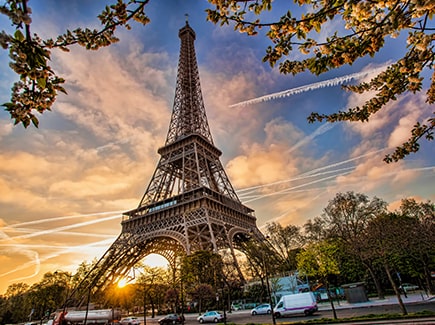
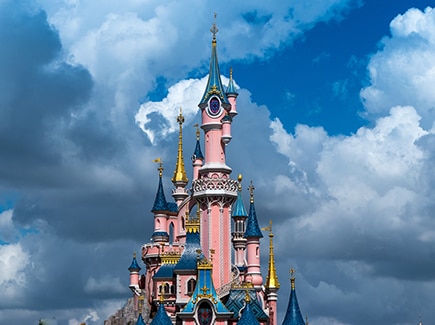
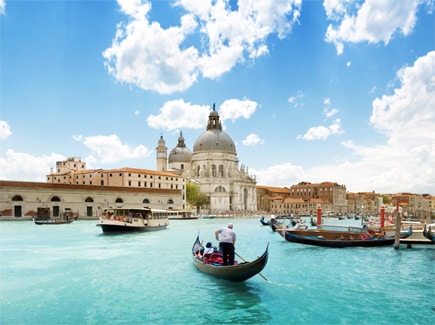
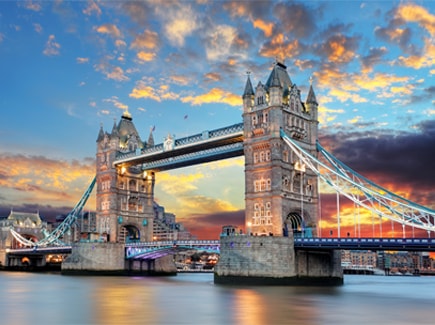
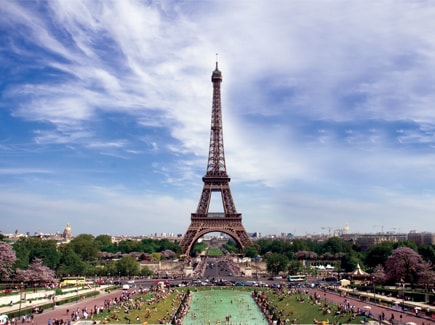


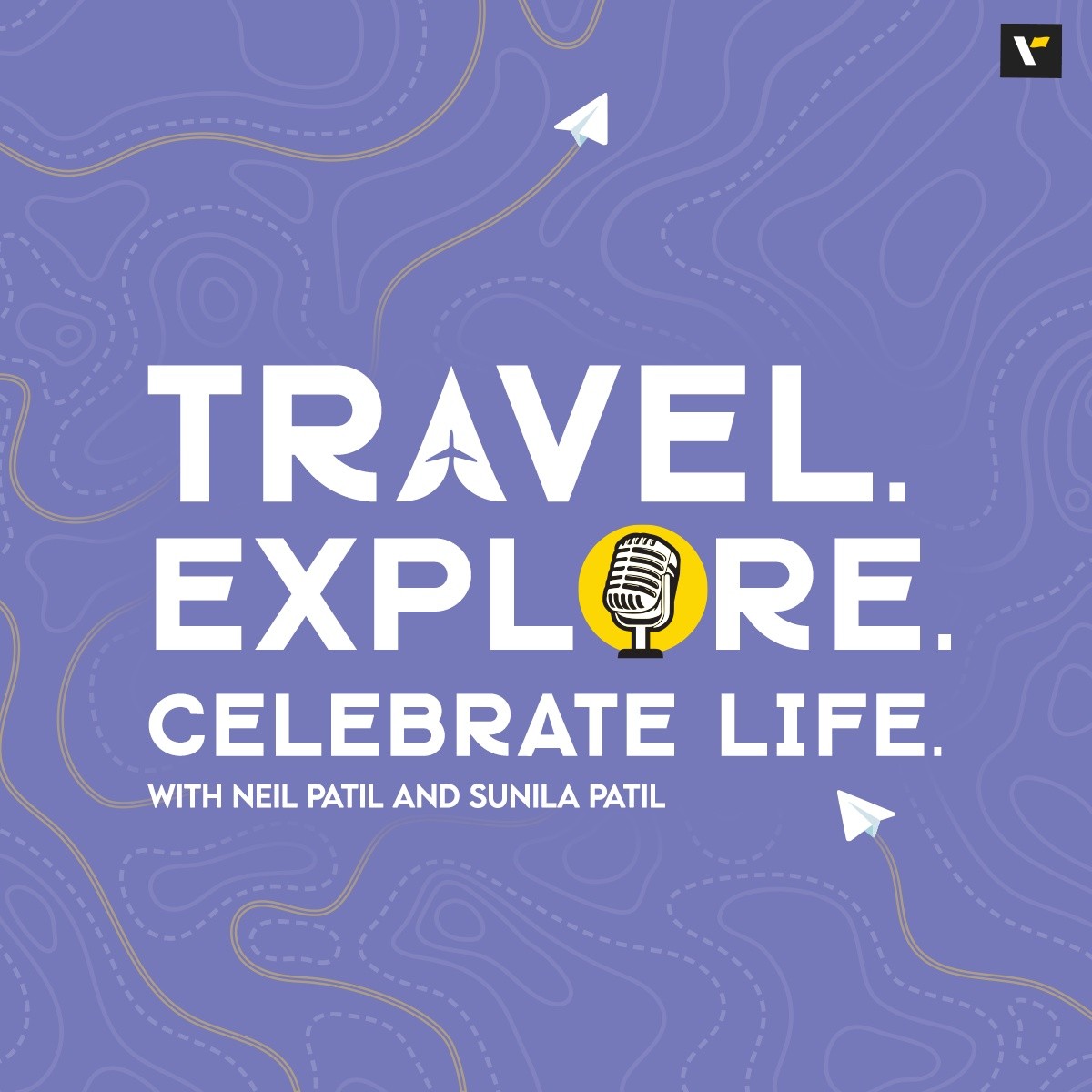
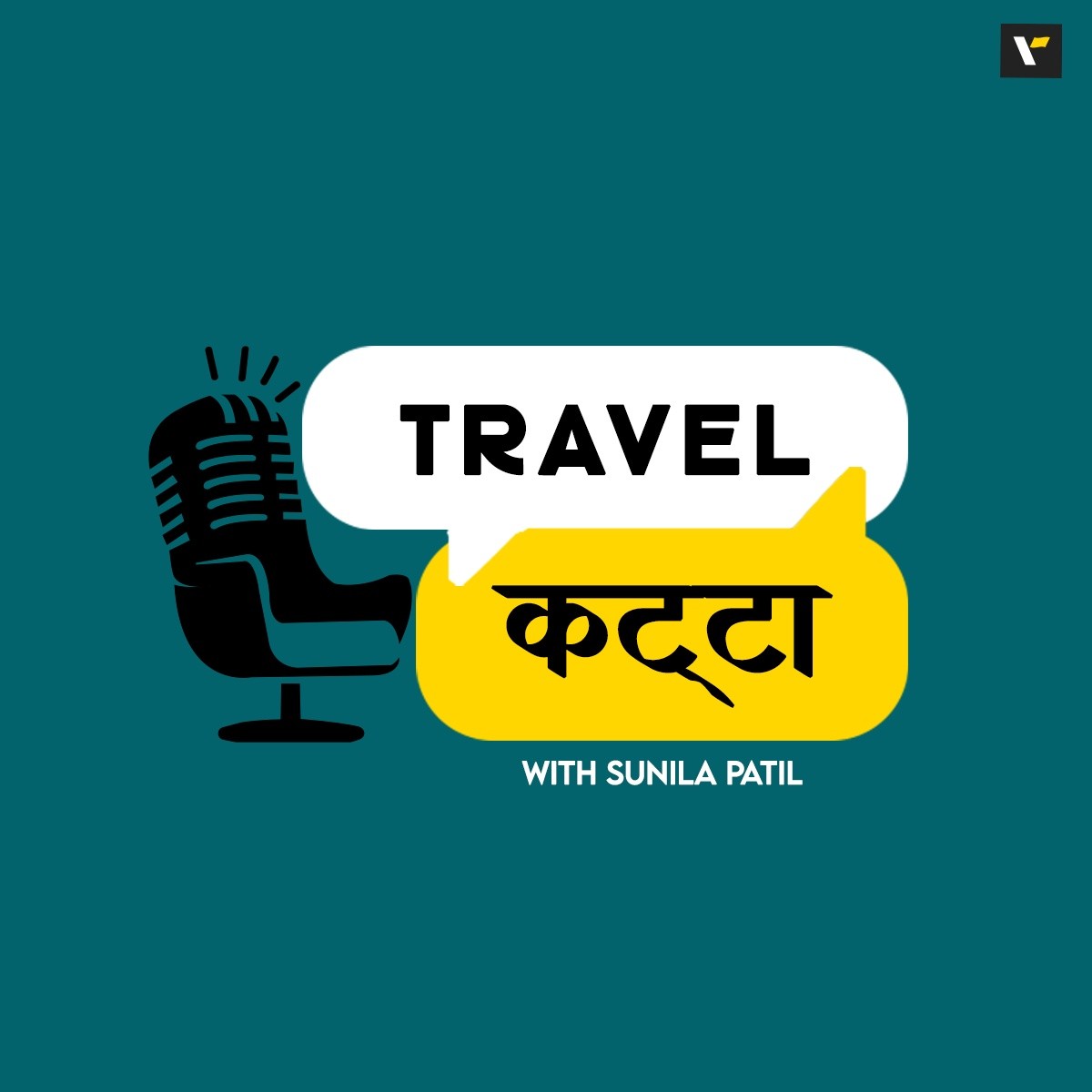
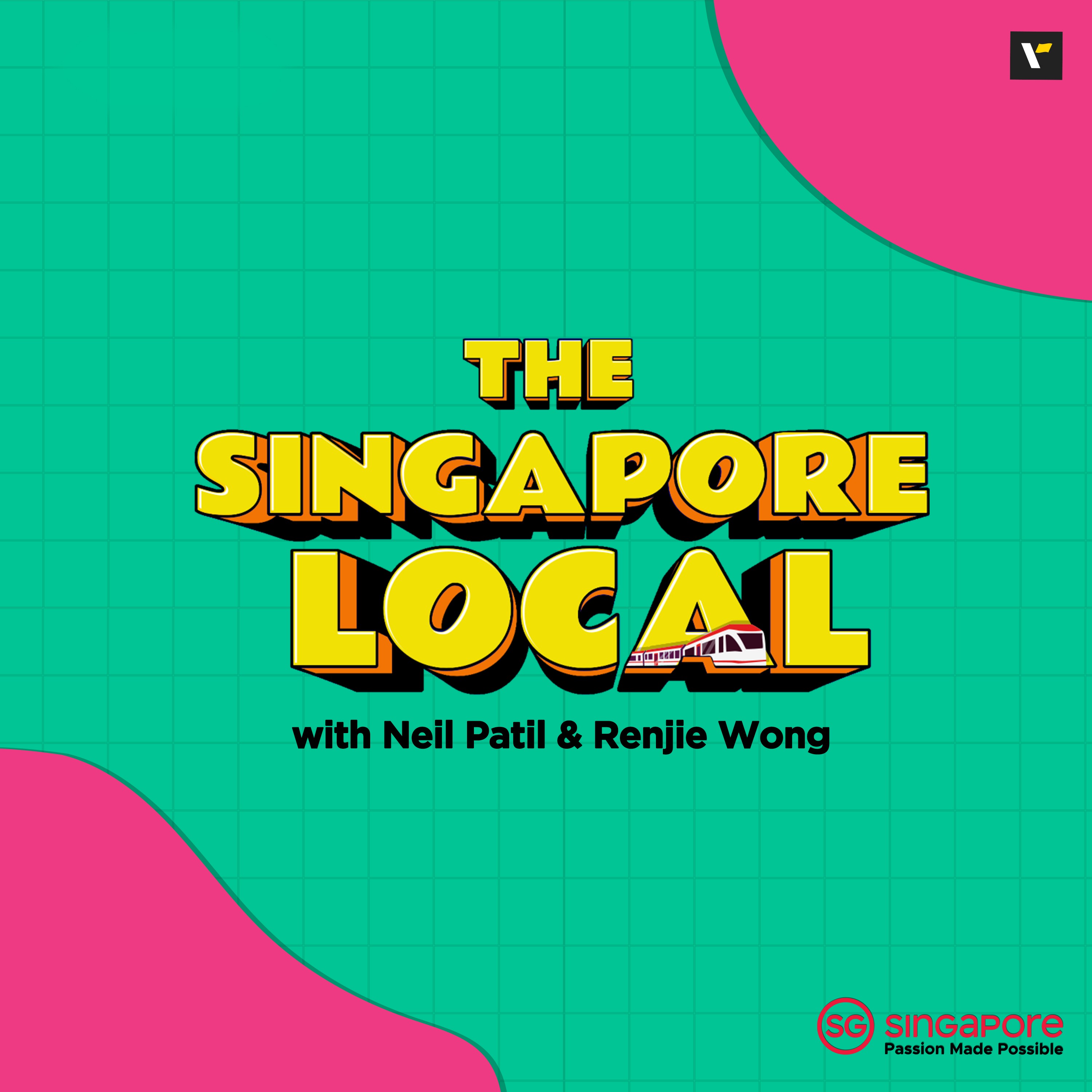








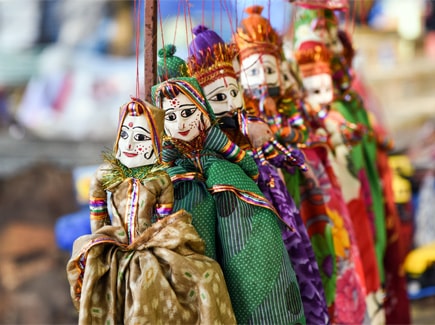
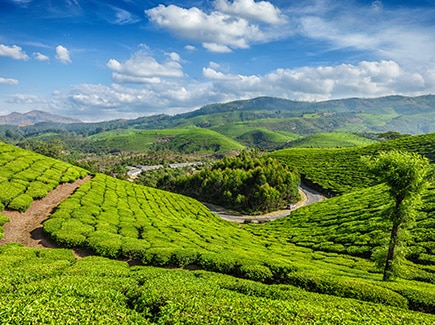
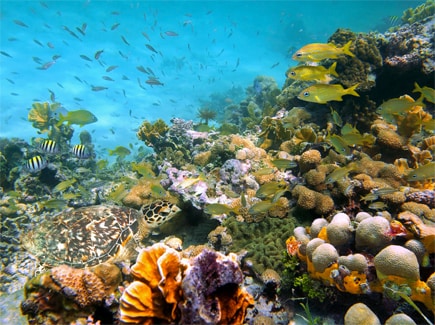
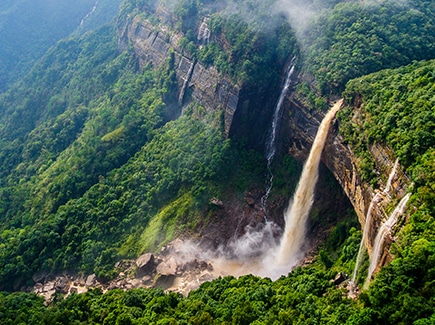
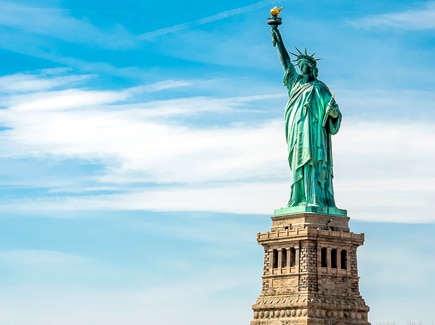
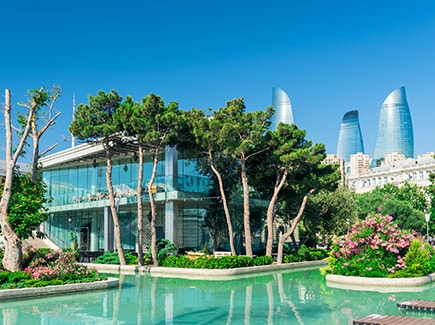
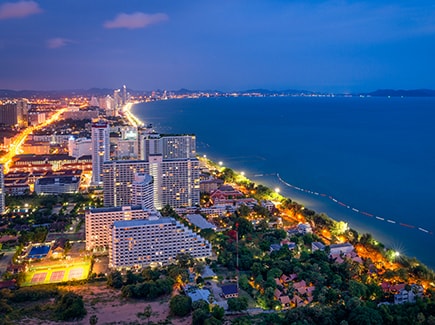
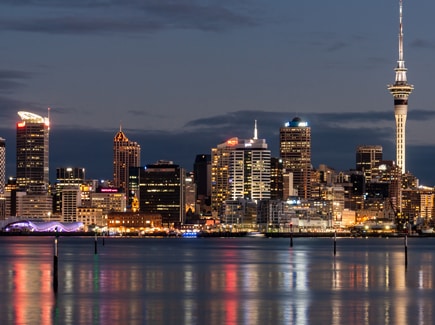
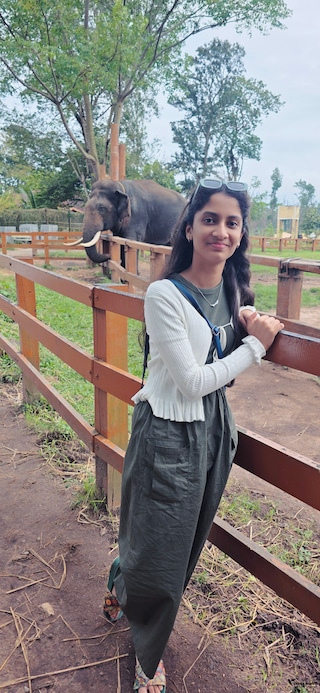
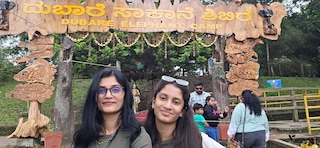
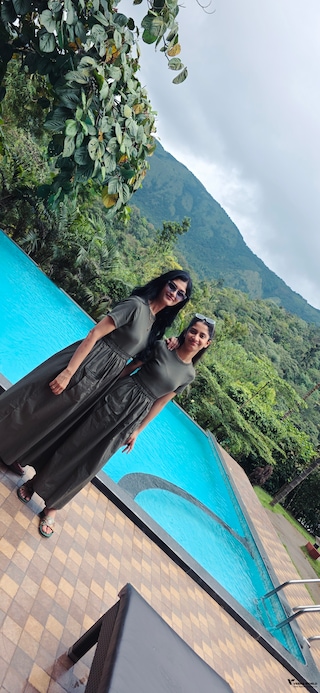
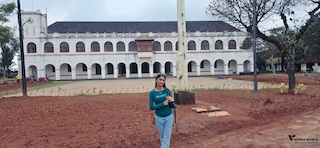
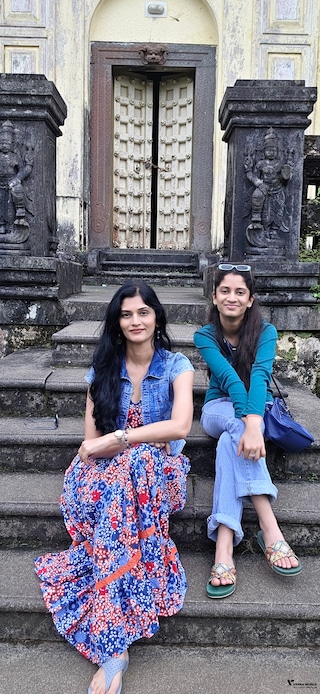
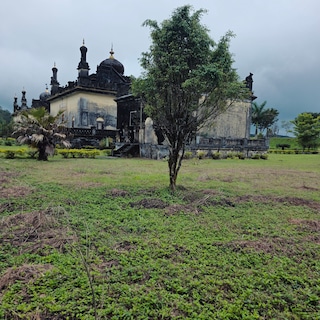

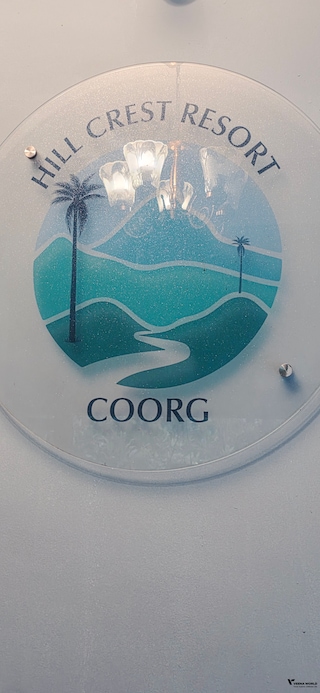
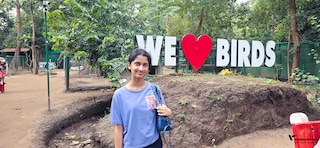
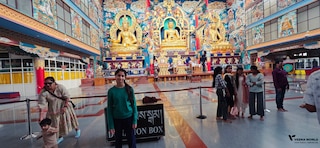

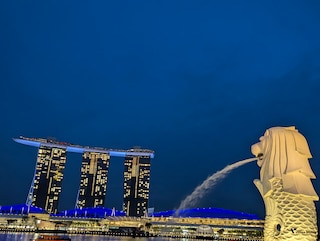
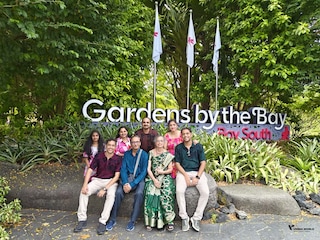
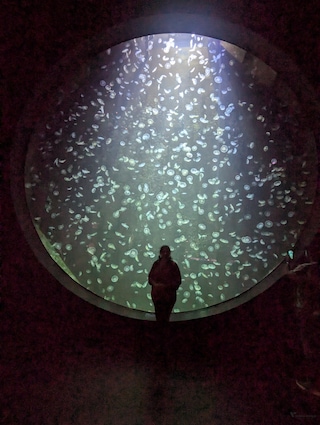
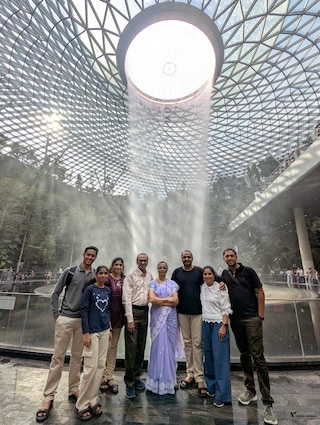
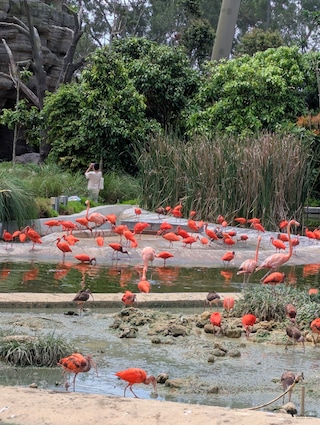
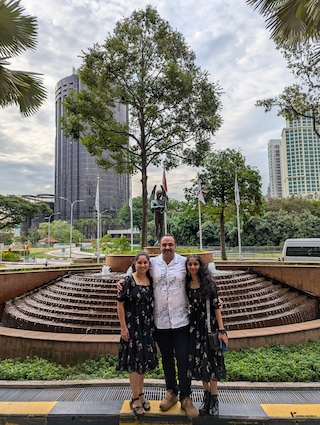
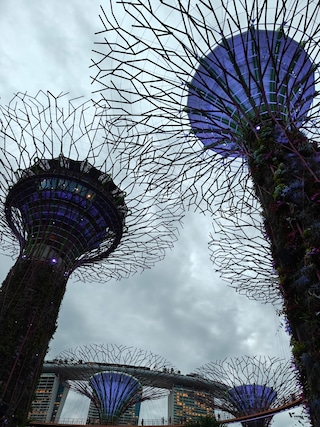
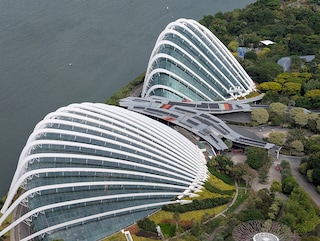
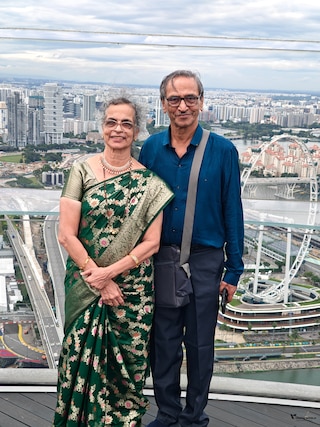
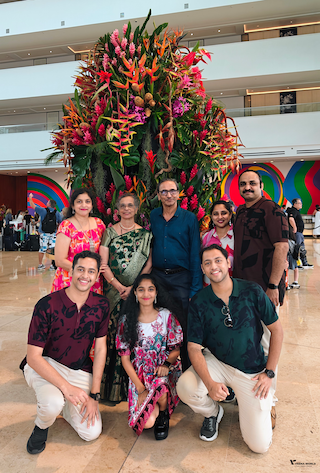


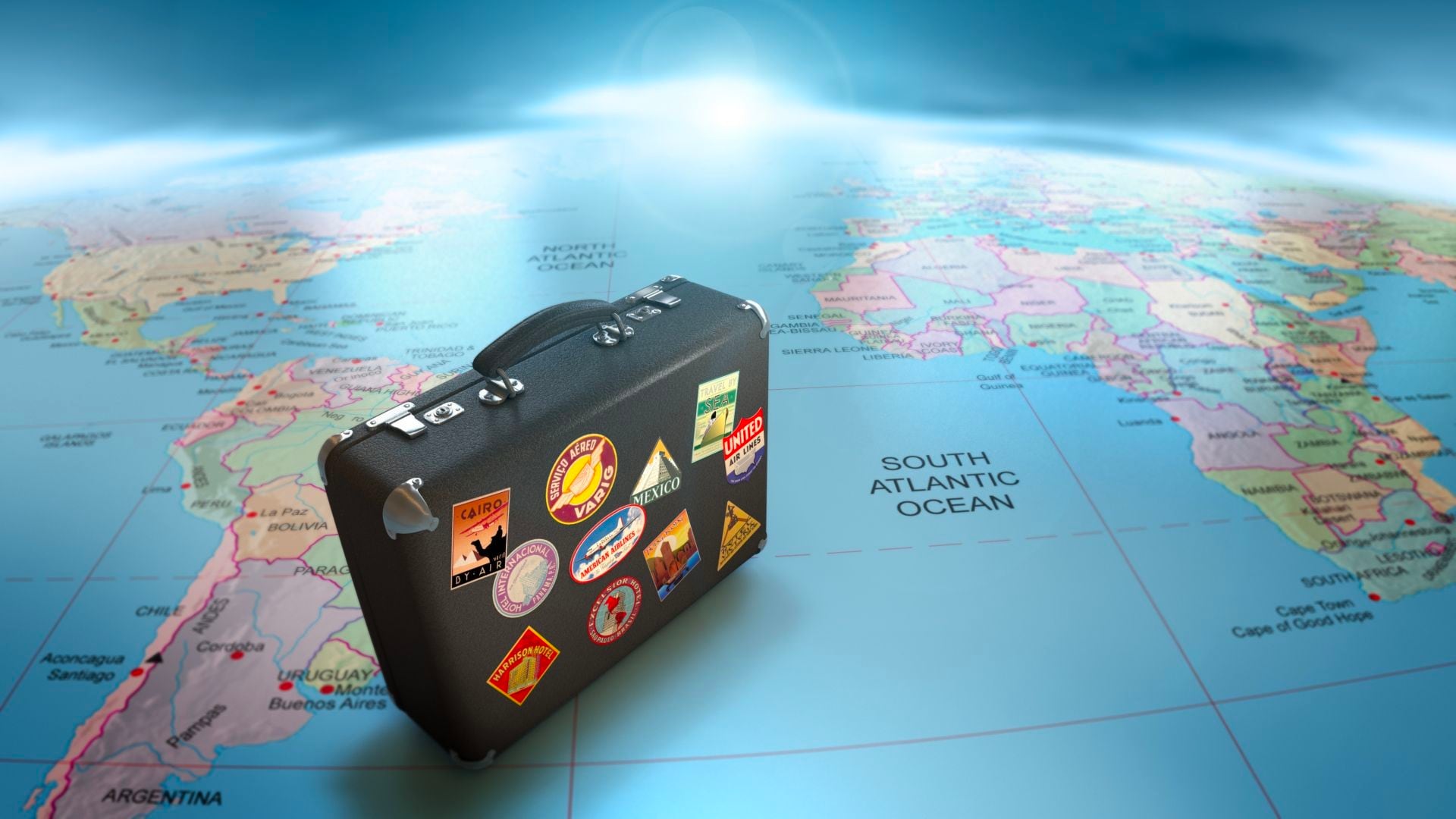

Post your Comment
Please let us know your thoughts on this story by leaving a comment.